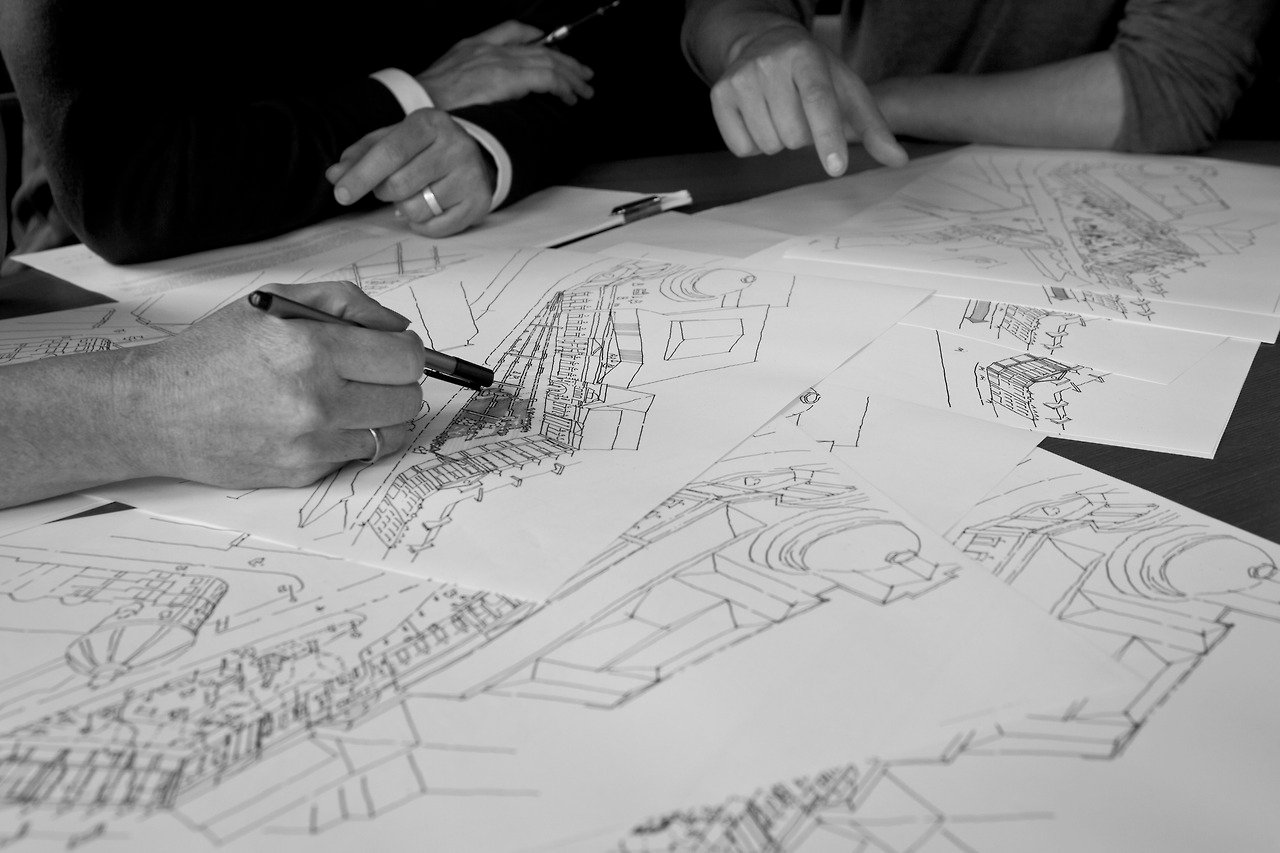
Tech-Infused Living: Integrating Technology into Interior Design
Incorporating technology into interior design is transforming how we experience our living spaces. It’s not just about adding gadgets; it’s about creating a harmonious environment where technology enhances both functionality and aesthetics. Here are some ways to seamlessly integrate technology into your home design:
- Smart Lighting Solutions
Smart lighting systems allow you to control the ambience of your home with ease. Use smart bulbs and LED strips to adjust lighting based on the time of day or activity, creating a dynamic and adaptable environment.
- Home Automation Systems
Integrate home automation systems to control various aspects of your home, such as lighting, security, and climate, from a single interface. This not only adds convenience but also enhances the overall user experience.
3. Interactive Displays
Incorporate interactive displays or smart mirrors in your living spaces. These can serve as information hubs, displaying news, weather, or personal reminders while blending seamlessly with your decor.
- Sound Systems and Acoustics
Enhance your audio experience with integrated sound systems. Consider in-wall or ceiling speakers that provide high-quality sound without cluttering your space with visible equipment.
- Smart Kitchens
Upgrade your kitchen with smart appliances that offer advanced features like touchless operation, energy efficiency, and connectivity for remote monitoring and control.
- Health and Wellness Integration: Technology is being used to create healthier living environments. This includes air purification systems, water quality monitors, and even smart windows that can adjust their tint to optimize natural light and reduce glare.
7. Sustainable Tech Solutions: As sustainability becomes increasingly important, we’re seeing more eco-friendly tech solutions in interior design. This includes energy management systems, smart appliances that optimize resource use, and materials with integrated tech that can help reduce a home’s carbon footprint.
8. Wireless Charging Stations
Incorporate wireless charging stations into furniture or countertops to keep your devices powered without the hassle of cords and chargers.
- Augmented and Virtual Reality in Design: AR and VR are revolutionizing how interior designers and homeowners plan and visualize spaces. These technologies allow for immersive 3D walkthroughs of proposed designs, helping to make more informed decisions before any physical changes are made.
In conclusion, the integration of technology into interior design is creating homes that are not just smarter, but more responsive, efficient, and attuned to the needs and preferences of their inhabitants. As this field continues to evolve, we can expect to see even more innovative solutions that seamlessly blend technology with aesthetics to create truly personalized and adaptive living environments.
